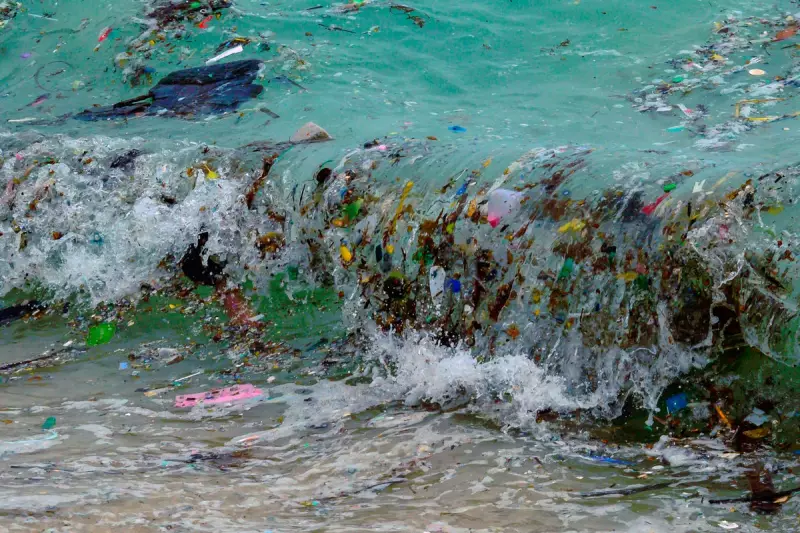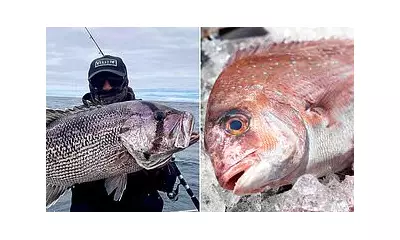
Our oceans are facing an invisible invasion of staggering proportions, with new research revealing that microplastic pollution has reached unprecedented levels across marine environments worldwide.
The Hidden Crisis Beneath the Waves
Scientists have uncovered disturbing evidence that microscopic plastic particles now contaminate virtually every corner of our oceans. These tiny pollutants, often invisible to the naked eye, are accumulating in marine ecosystems at an alarming rate, posing serious threats to underwater life and potentially human health.
From Shorelines to the Deep Sea
The contamination spans from coastal waters to the deepest ocean trenches, with microplastics being ingested by marine organisms at every level of the food chain. Research indicates that these particles can persist in the environment for decades, continuously breaking down into even smaller nanoplastics that are increasingly difficult to detect and remove.
Human Health Implications
Perhaps most concerning is the potential impact on human health. As microplastics work their way up the food chain, they eventually reach our dinner plates through seafood consumption. The long-term health effects of ingesting these synthetic particles remain largely unknown, but scientists warn they could introduce harmful chemicals into our bodies.
A Global Environmental Emergency
This research highlights what many environmental experts are calling a silent crisis. Unlike more visible forms of pollution, microplastics operate largely out of sight, making public awareness and political action more challenging to generate.
The findings underscore the urgent need for comprehensive strategies to address plastic pollution at its source, including reducing single-use plastics, improving waste management systems, and developing innovative cleanup technologies.





